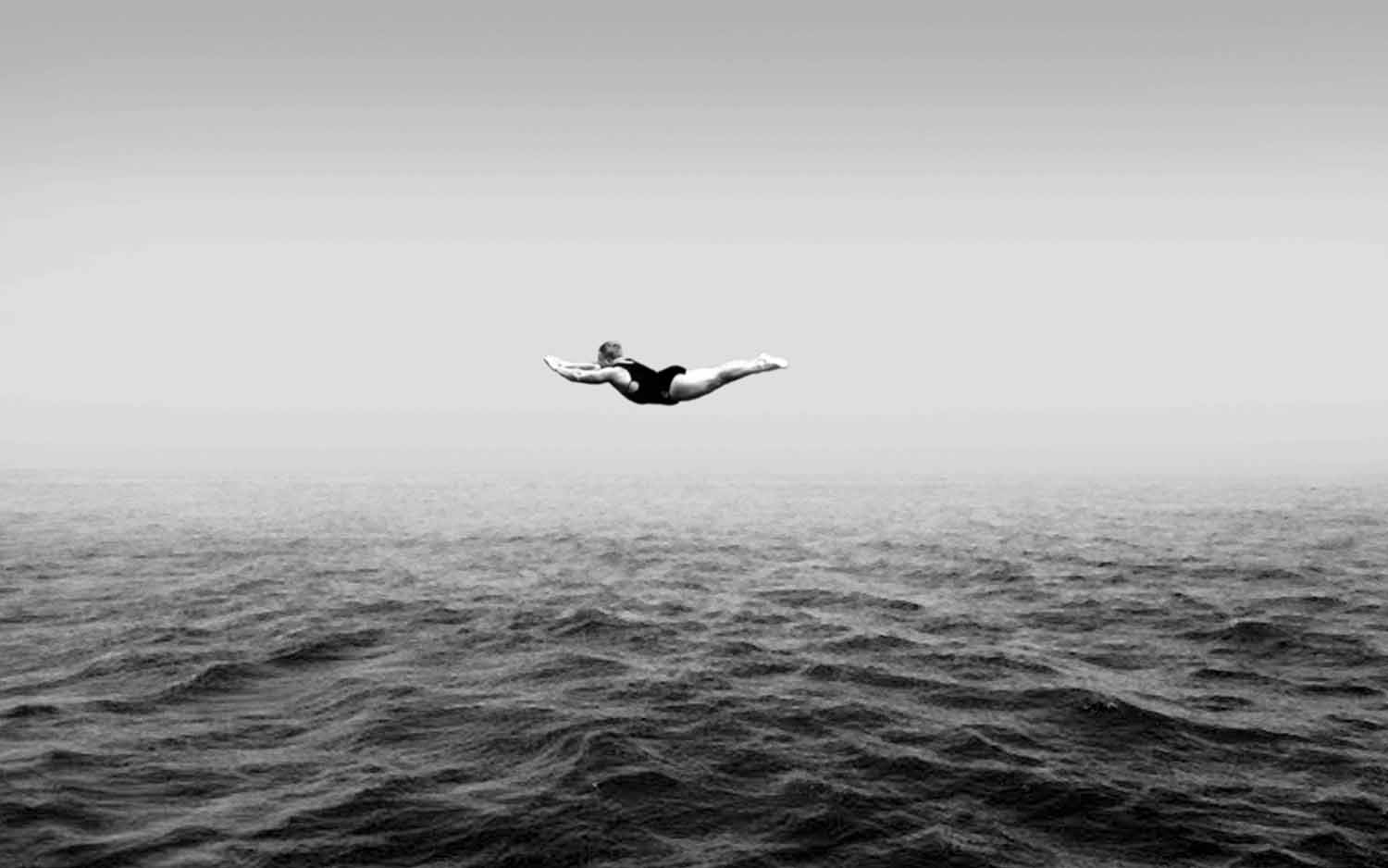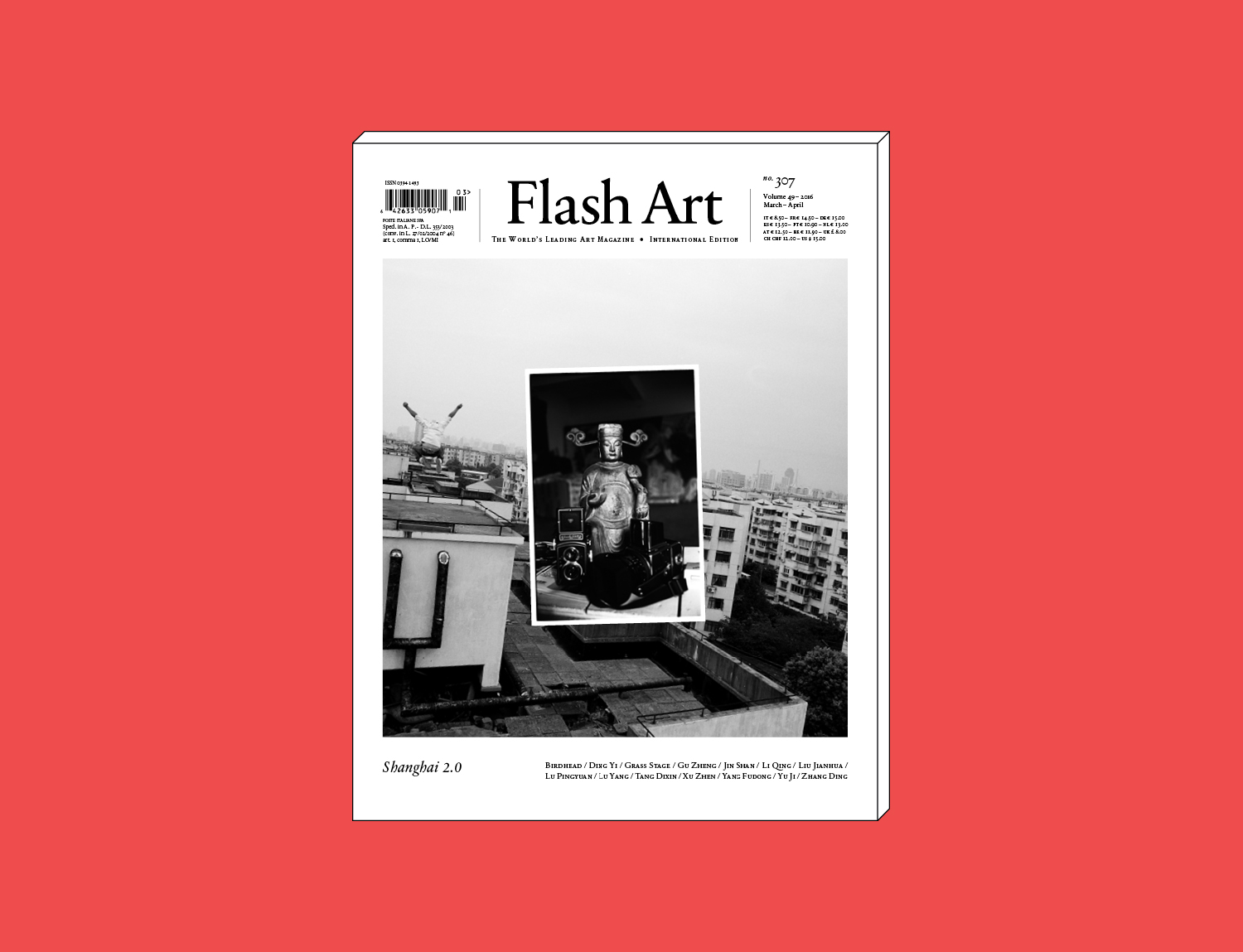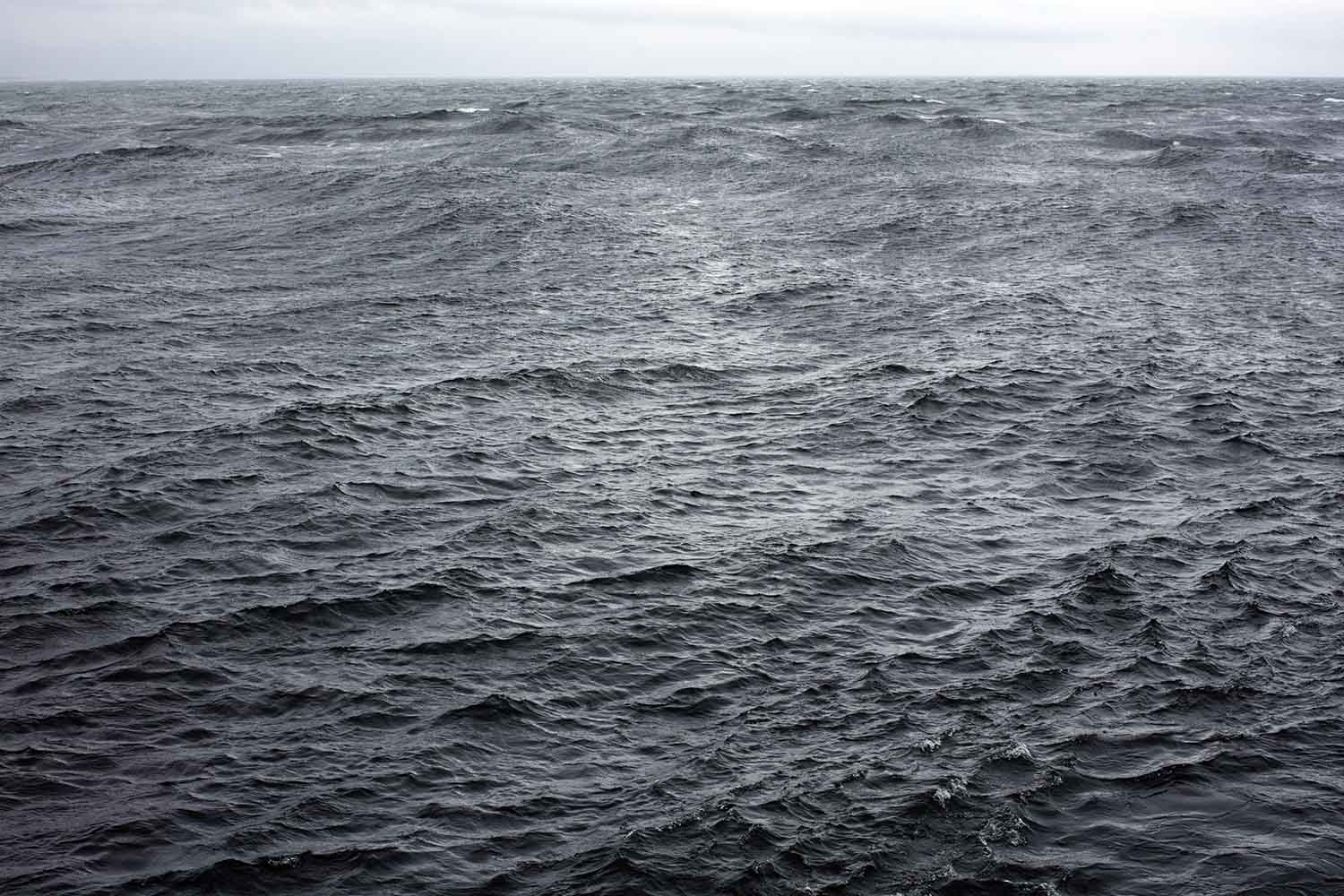The Marrakech Biennale’s executive president Amine Kabbaj seemed deeply emotional as he dedicated this 6th edition to Leila Alaoui, the Moroccan photographer and migrant activist who in January was tragically killed in a Burkina Faso terror attack while conducting a project for Amnesty International.
“In a world of increasing conflict and fear, we need art to unite people,” Mr. Kabbaj expressed, reinstating the founding mission of the biannual art festival founded by Vanessa Branson in 2004: building bridges between diverse ideologies through art in a time of global conflict.
The highly politicized framework for the Biennale had been cemented by curator Reem Fadda the previous morning at the press conference at the Hotel La Mamounia. The Palestinian curator and prospective director of the Abu Dhabi Guggenheim shifted elegantly from social, political and theoretical discourses as she unpacked the eleven-week-long project. Titled Not New Now, and featuring more than fifty artists predominately from Africa, the Middle East and its diasporas, the objective was a critical rupture with the narratives of Western modernity by celebrating the autonomous artistic heritage of North Africa and the Middle East, past and present, thus procuring an embodied post-colonial art spectatorship. Fadda spoke candidly of the “Global South” and the assertion of its art histories — and proposed “living art” as a concept through which to understand contemporary cultural practices in the region. Indeed, the diverse work at the Biennale resembled by no means the conventional political art of charged, anti-institutional/colonial critiques; instead, the critical strategies were more discursive and certainly historical in nature: an actual articulation of what the Biennale itself terms as a “Pan Afro-Arab” condition of art.
The natural beginning of the five official sites around the city was the nineteenth-century Palais El Bahia, in which a series of cool, mosaic-embellished rooms housed a range of twentieth-century works that both formally and politically challenged the canons of Western modern art. Sam Gilliam, of the Washington Color School, proposed already in the 1960s an idea of an African American expression of painterly lyrical abstraction in parallel to his better-recognized white contemporaries — and similarly, in the 1970s Al Loving pushed geometric expressionism while celebrating his own blackness in wall-based quilts of recycled materials. Three subversive films by the largely forgotten Senegalese film director Djibril Diop Mambéty finally received recognition, while The Otolith Group investigated Ghanan nation-building through the history of its wonderful graphic stamps in a rhythmic video essay. Oscar Murillo’s commissioned installation of roughly stitched-together canvases and heaps of bricks, a meditation on the history of slavery in his native Columbia, completed the exploration of a “non-Western materiality” spanning fifty years.
Nearby, in the underground caves of Les Citernes de la Koutoubia, a newly commissioned film by the Danish group SUPERFLEX told the perplexing story of the African island of Mayotte, of the Comoro Islands, which, following a 2014 referendum, decided to fully revert to being an official colony of France, instantly becoming the outermost region of the European Union and thus subject to mass immigration. Poetic in its realism, the Biennale too highlighted the complex question of how art, formally or discursively, can engage directly with current sociopolitical issues in the world. In the Pavillon de la Ménara, in a public olive grove, the Syrian-born, Harlem-based artist Khaled Malas presented his project on the history of electricity in Syria, as a device and symbol of nation-building (pre- and postcolonial). During his research, a virtual correspondence with a young architecture student in the besieged Damascus Ghouta (that has no or very little access to electricity at the moment) and a blacksmith led to the manufacturing of a power-generating windmill, now installed in the city and generating autonomous electricity for its immediate inhabitants. An “act of creative resistance,” the work deploys historical and architectural narratives in parallel to its humble but impactful activist “functionality.” Malas’s work, at once historical and entrepreneurial, could, perhaps, constitute the template for a form of art that defies the criteria of “critique” while proposing a form of non-ethnographic “activist art.”
Finally, in the ruins of Palace El Badii, works had been installed in the open to form a kind of scattered sculpture park amid the corridors, empty pools, squares and walls of this medieval Saadian palace. Like an archaeological dig, visitors climbed the ancient structures to discover cryptic objects in dialogue with their context: Jumana Manna, of Palestinian origin, evoked the politics of heritage site restoration as she mounted her white, dental-looking clay sculptures on scaffold-like structures.
“Marrakech has become my second home,” said Fadda in gratitude at the official opening — and so too felt her take on the biennale, deeply embedded in the regional context of Morocco. In a city perpetually negotiating its pluralistic cultural and colonial history, it offered a highly political statement that was both ambitious and inspiring.





